Clinical Chemistry
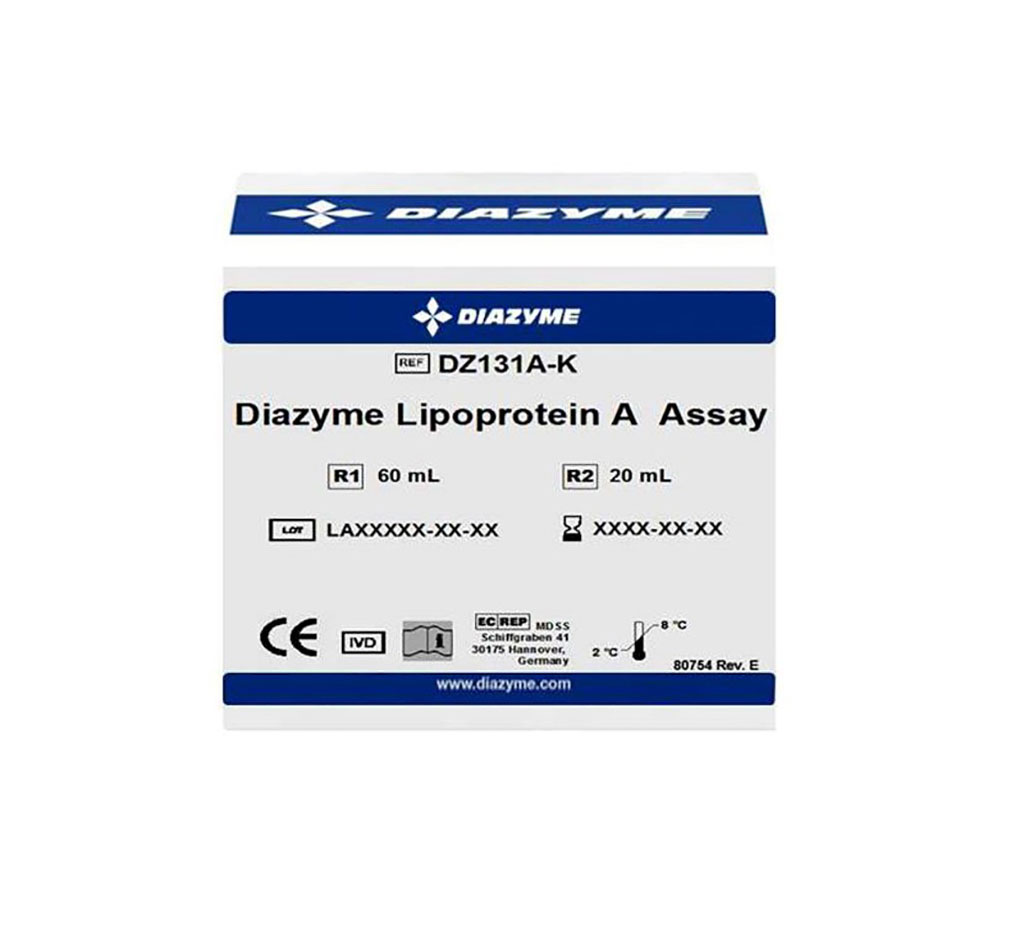
Performance of Five Lipoprotein(a) Immunoassays Evaluated
Increased serum Lipoprotein(a) [Lp(a)] is considered an independent, inherited risk factor for atherosclerotic cardiovascular disease (ASCVD), including myocardial infarction and stroke. This risk is believed to be due to pro-atherogenic, pro-inflammatory, and pro-thrombotic properties of the Lp(a) particle More...06 Apr 2021
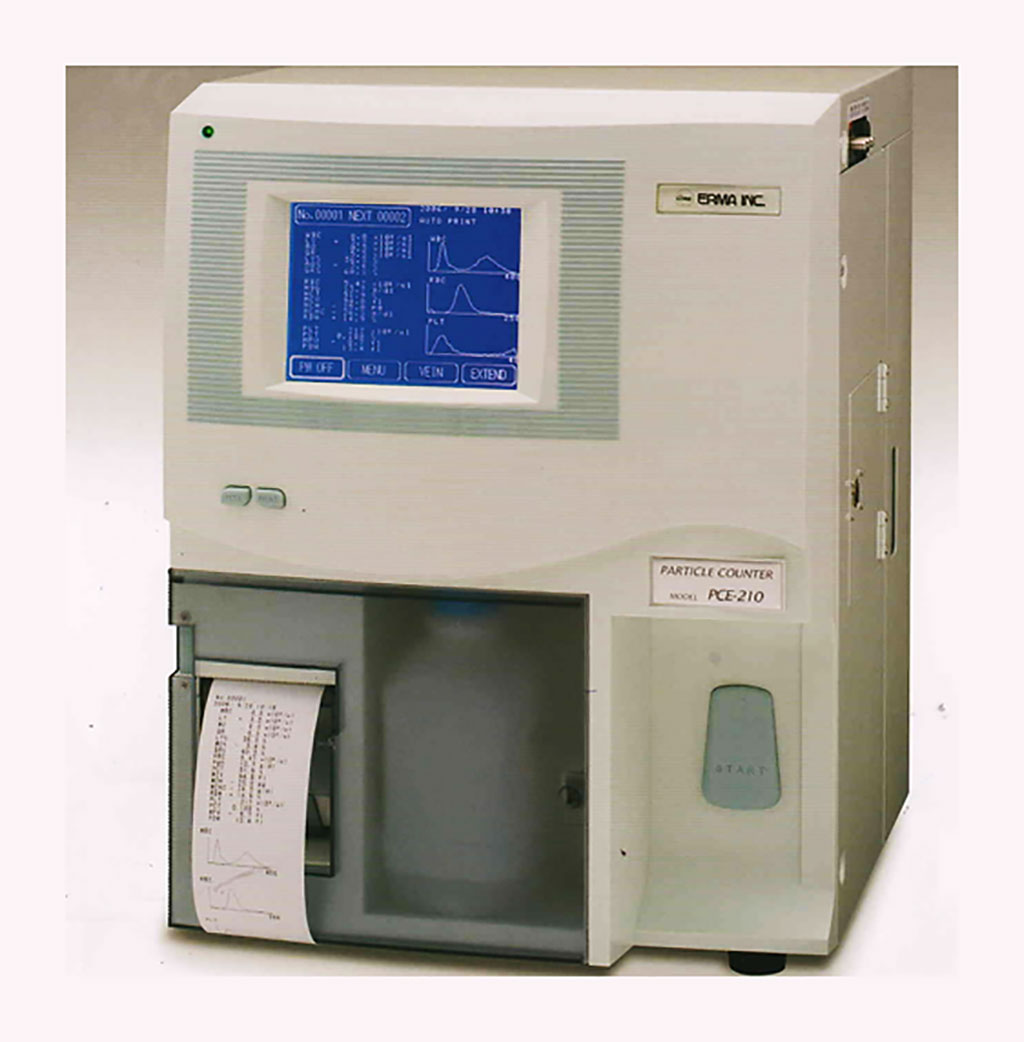
Flow-Cytometric Expression of Endoglin Assessed in B-Acute Lymphoblastic Leukemia
Acute lymphoblastic leukemia (ALL) is a malignant disorder representing clonal expansion and arrest of maturation of lymphoid progenitor cells in the bone marrow, blood, and extramedullary sites. The incidence of ALL generally follows a bimodal distribution, with its first peak occurring in childhood and the second around the age of 50. More...01 Apr 2021
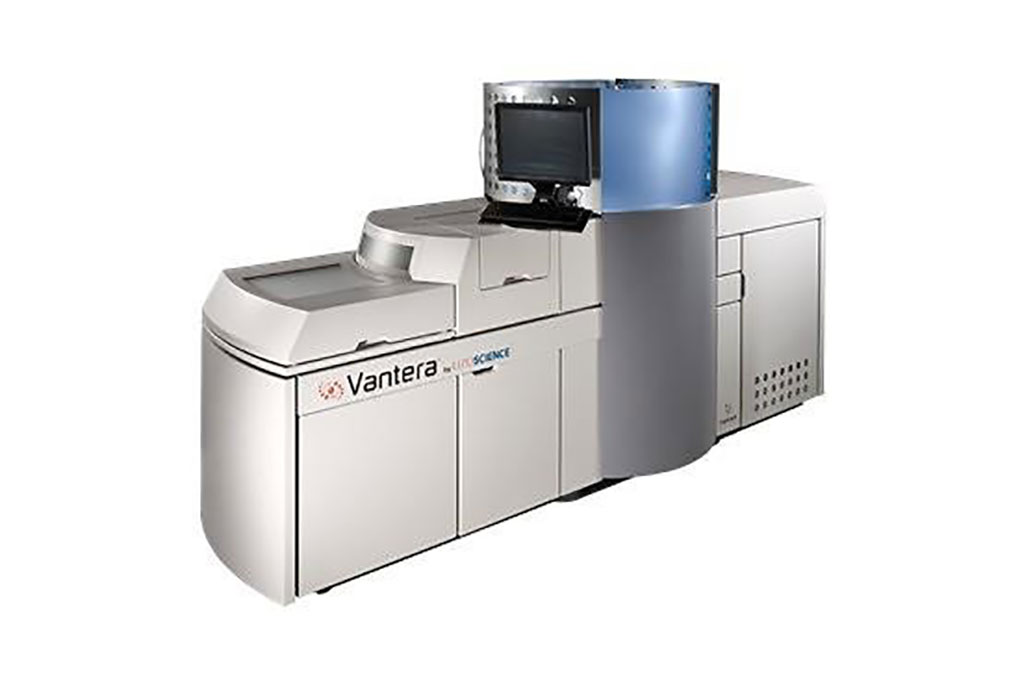
NMR-Based Method Measures Circulating Blood Citrate Levels
Recent studies show that citrate is involved in several biological processes such as inflammation, cancer, insulin secretion, acetylation of histones, neurological development and hydroxylglutaric aciduria, indicating that it has functions beyond energy regulation. More...31 Mar 2021
Vitamin D Levels Tied to COVID-19 Risk for African-Americans
Vitamin D has diverse physiological effects, including on calcium regulation, bone density, and immune function. Deficient levels, typically defined as 25-hydroxyvitamin D (also known as calcifediol) level less than 20 ng/mL are common, especially in African-Americans individuals. More...29 Mar 2021
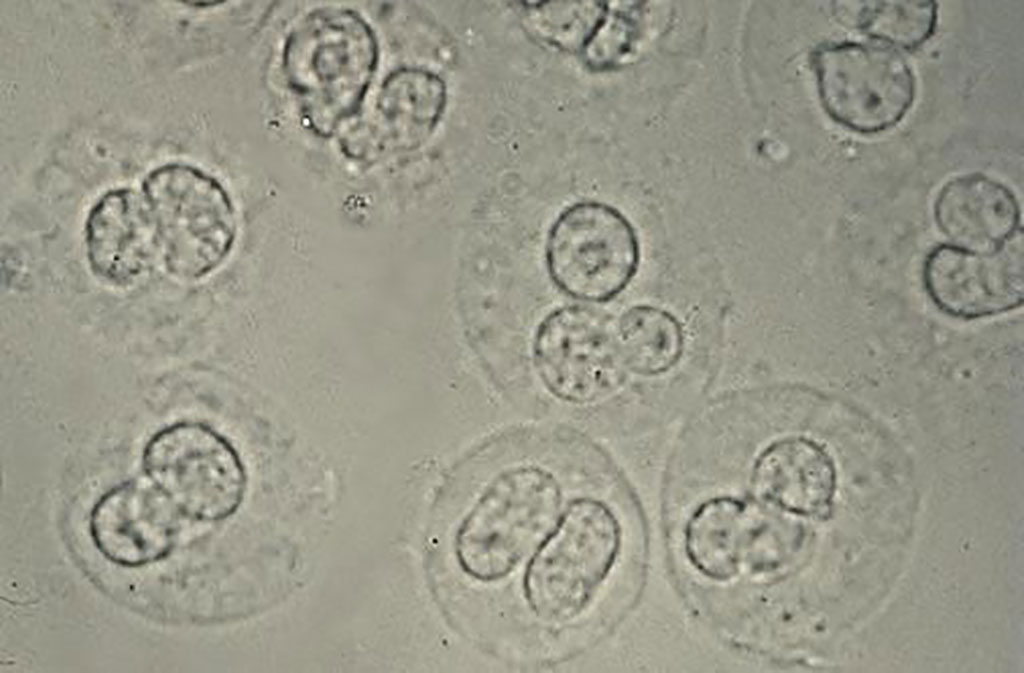
White Blood Cell Help Define Pediatric Urinary Tract Infections
Urinary tract infections account for up to 7% of fevers in children up to 24 months old and are a common driver of hospital emergency room visits. These bacterial infections in infants and toddlers can be difficult to diagnose because their symptoms are similar to other fever-causing conditions. More...25 Mar 2021
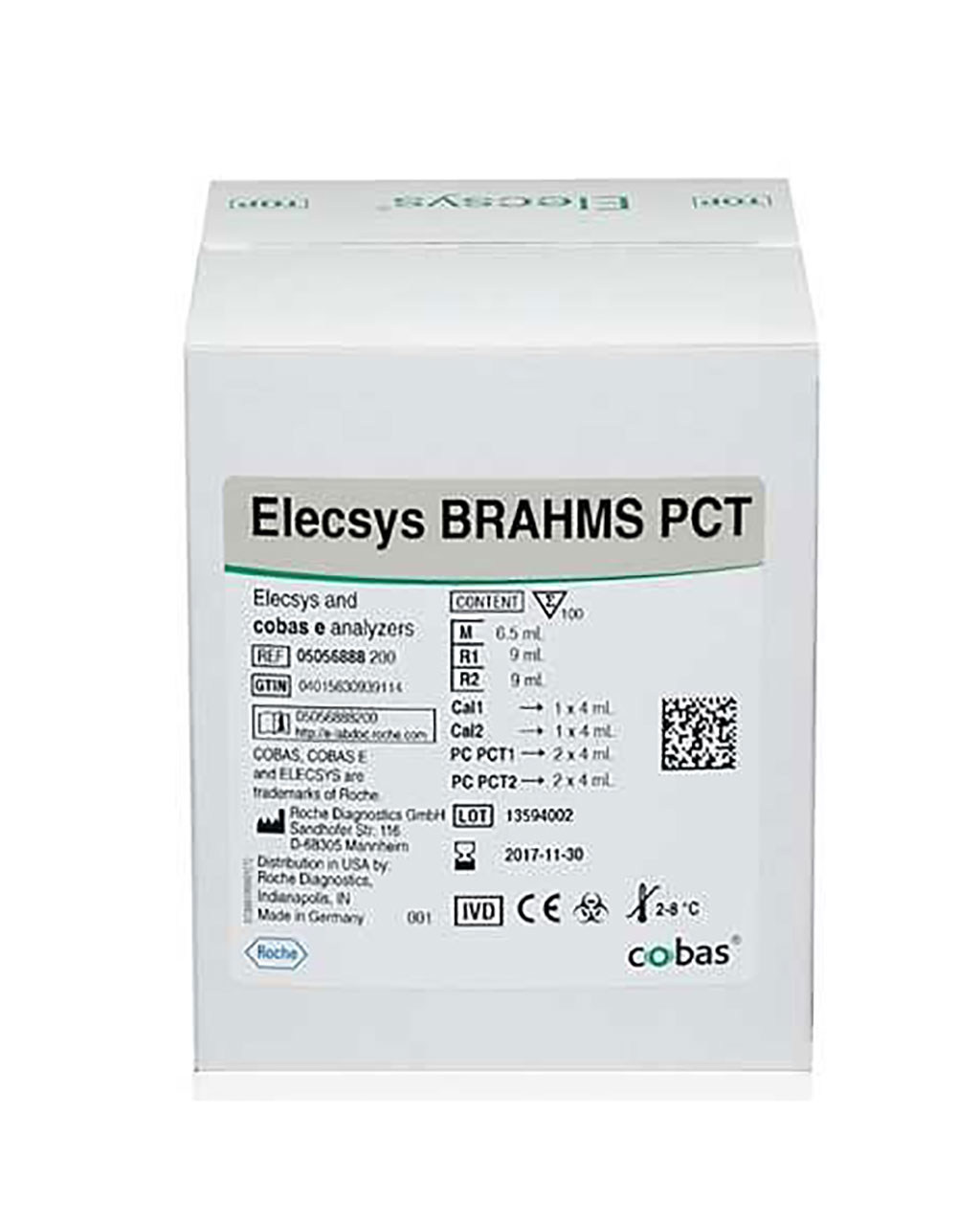
Calcitonin and Procalcitonin Immunoassays Investigated for Medullary Thyroid Carcinoma
Medullary thyroid carcinoma (MTC) is caused by a malignant transformation in the parafollicular C-cells of the thyroid, where calcitonin (CT) is released. Nowadays, CT is the main tumor marker used in the diagnosis and follow-up of MTC patients. More...23 Mar 2021

In Other News
Cardiac Troponins Assessed for Acute Heart Failure
CSF Biomarker Flags Parkinson's Pathology Much Earlier
Blood Biomarker Discovered for Autism Spectrum Disorder
Biomarker Protein Investigated in Juvenile Idiopathic Arthritis
Immune Response to Insulin Identifies Risk of Juvenile-Diabetes
Fibrinogen to Albumin Ratio Reflects ANCA‐Associated Vasculitis Activity
Three Automated Urine Analyzers Compared with Manual Microscopic Urinalysis
Stabilized Urinary Biogenic Amines Measured in Clinical Chemistry Laboratories
Biomarkers Evaluate Kidney Injury in Cancer Patients
Blood Test Distinguishes Epileptic Seizures From PNES
Abnormal Liver Function Test Associated with Severe SARS-CoV-2 Infection
New Control Mechanism Discovered in Innate Immune System
Reference Intervals for Liver Function Tests Established for Minors
Automated Urine Microscope Verified for Regional Laboratories
UPLC-MS/MS Method Simultaneously Determines Plasma Catecholamines and Their Metabolites
Tryptophan Metabolism Is Dysregulated in Individuals with Fanconi Anemia
Serum Pentosidine Levels Measured in Systemic Lupus Erythematosus
Angiopoietin-Like 2 Is a Biomarker for Diabetic Foot Patients
Gestational Lipid Profiles Associated with Adverse Cardiovascular Risk
Preliminary Predictive Criteria Identified for COVID-19 Cytokine Storm
Plasma Serglycin Levels Evaluated for Diabetic Retinopathy Diagnosis
Novel Biomarkers Predict the Development of Incident Heart Failure
Hyperglycemia and Hypoglycemia Associated with Poor Outcomes in COVID-19 Patients
The Clinical Chemistry channel updates the reader on tests, techniques, and research in the field - from routine assays to specialized tests on blood, urine, enzymes, lipids, hormones and more.











